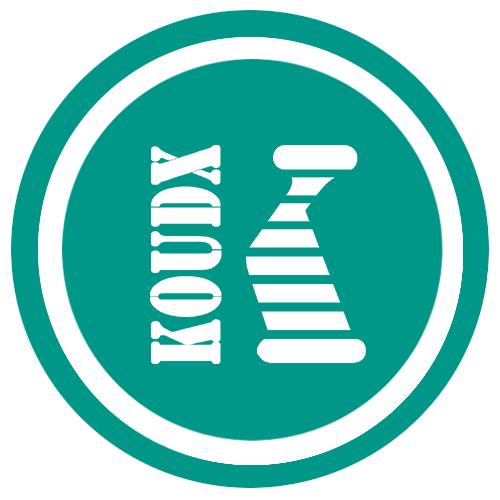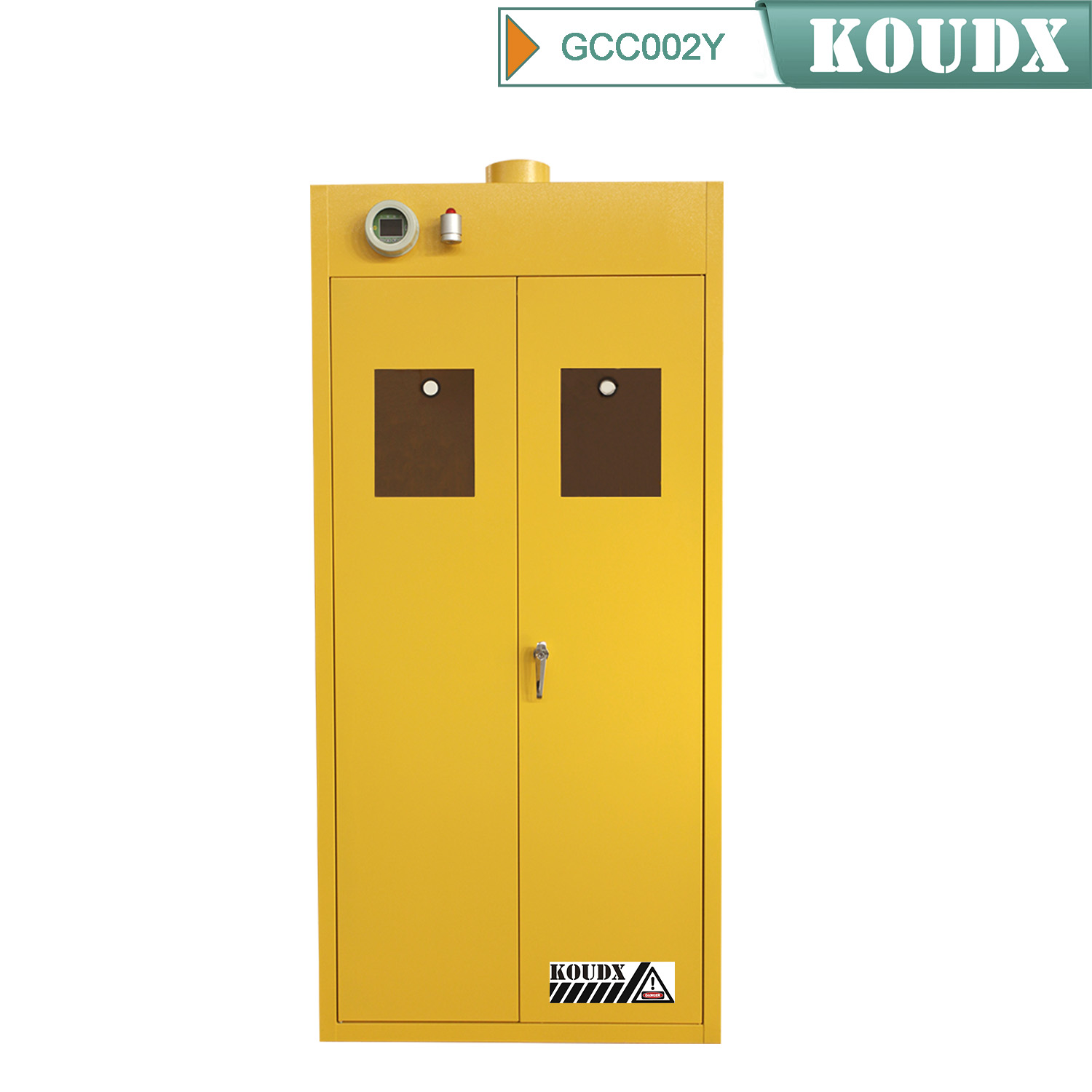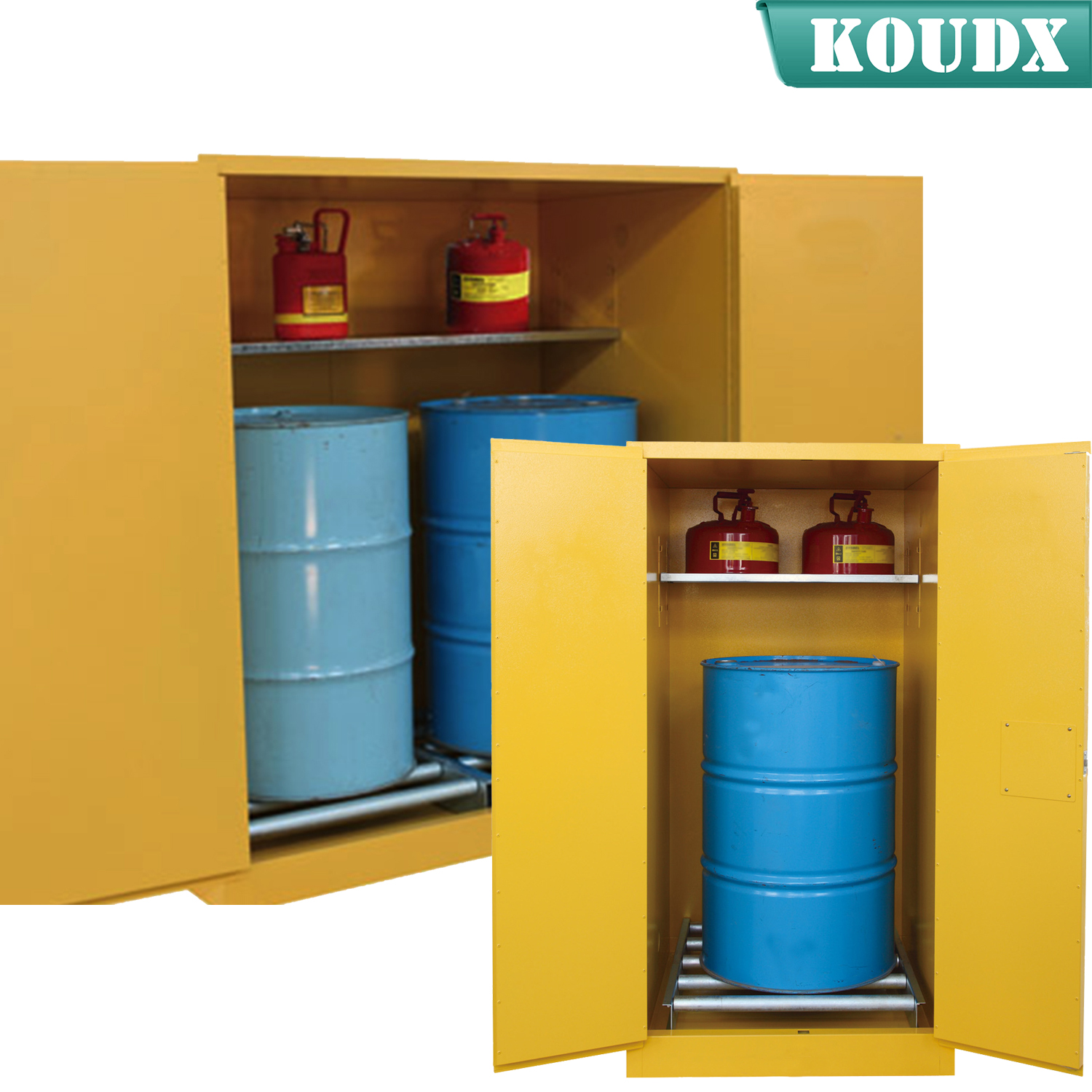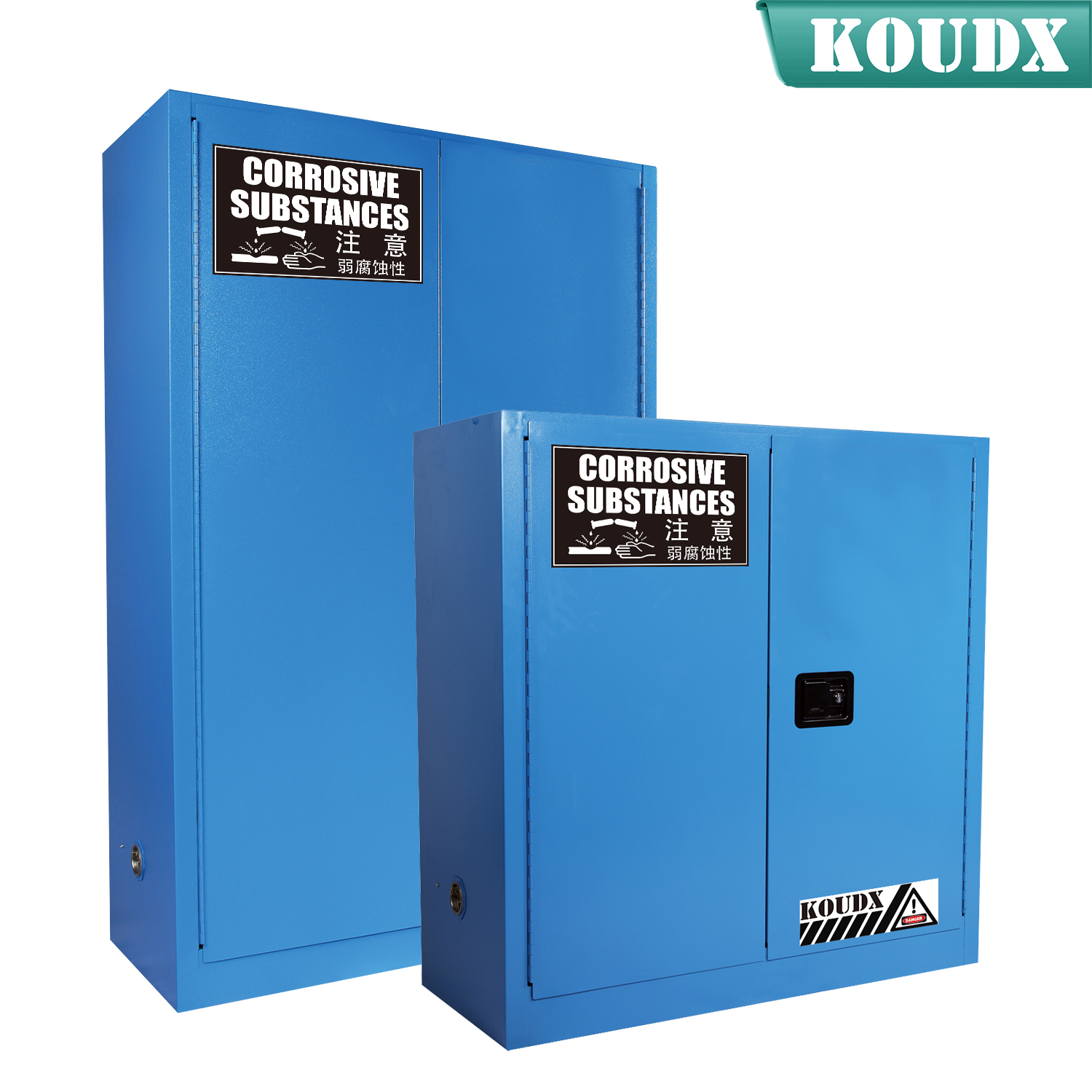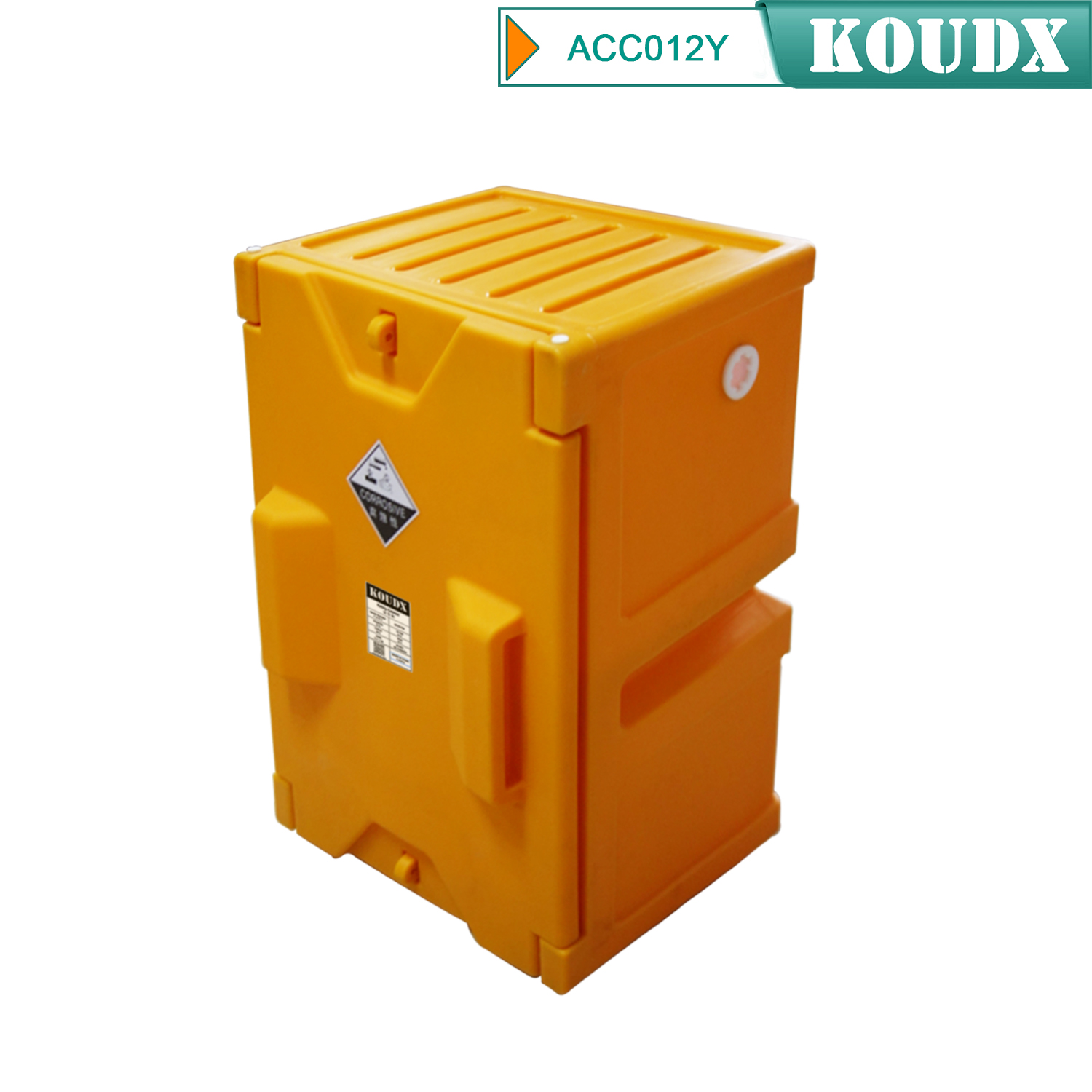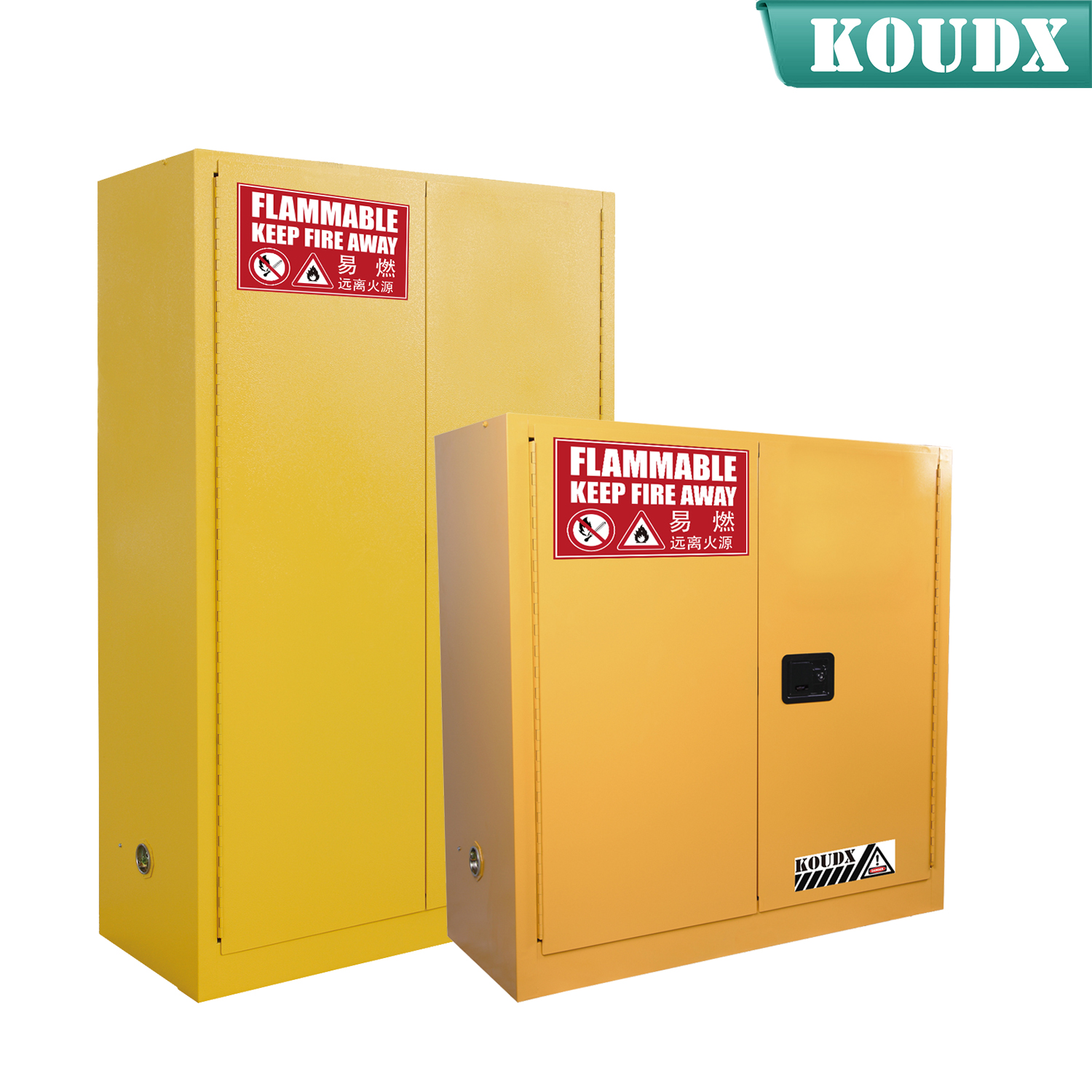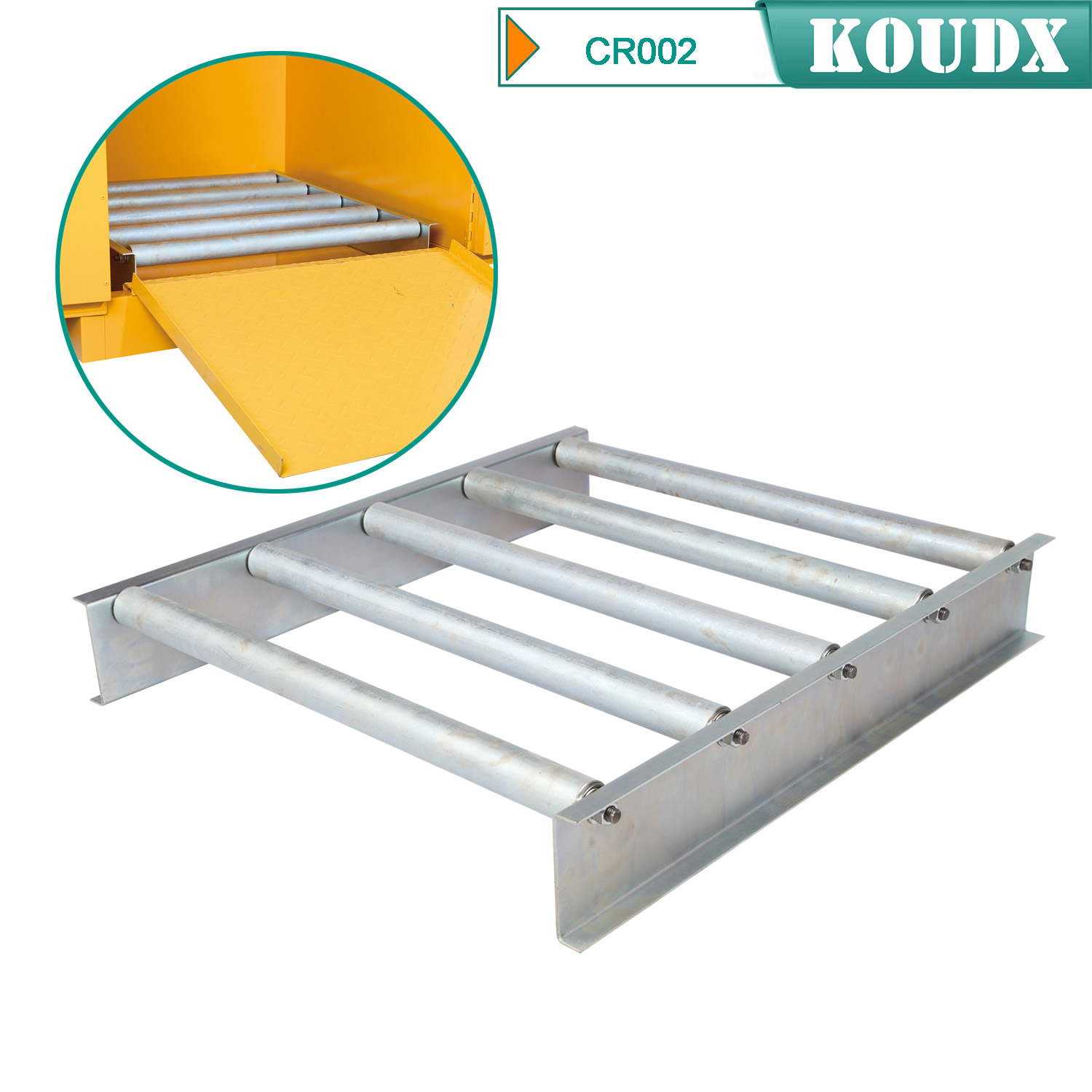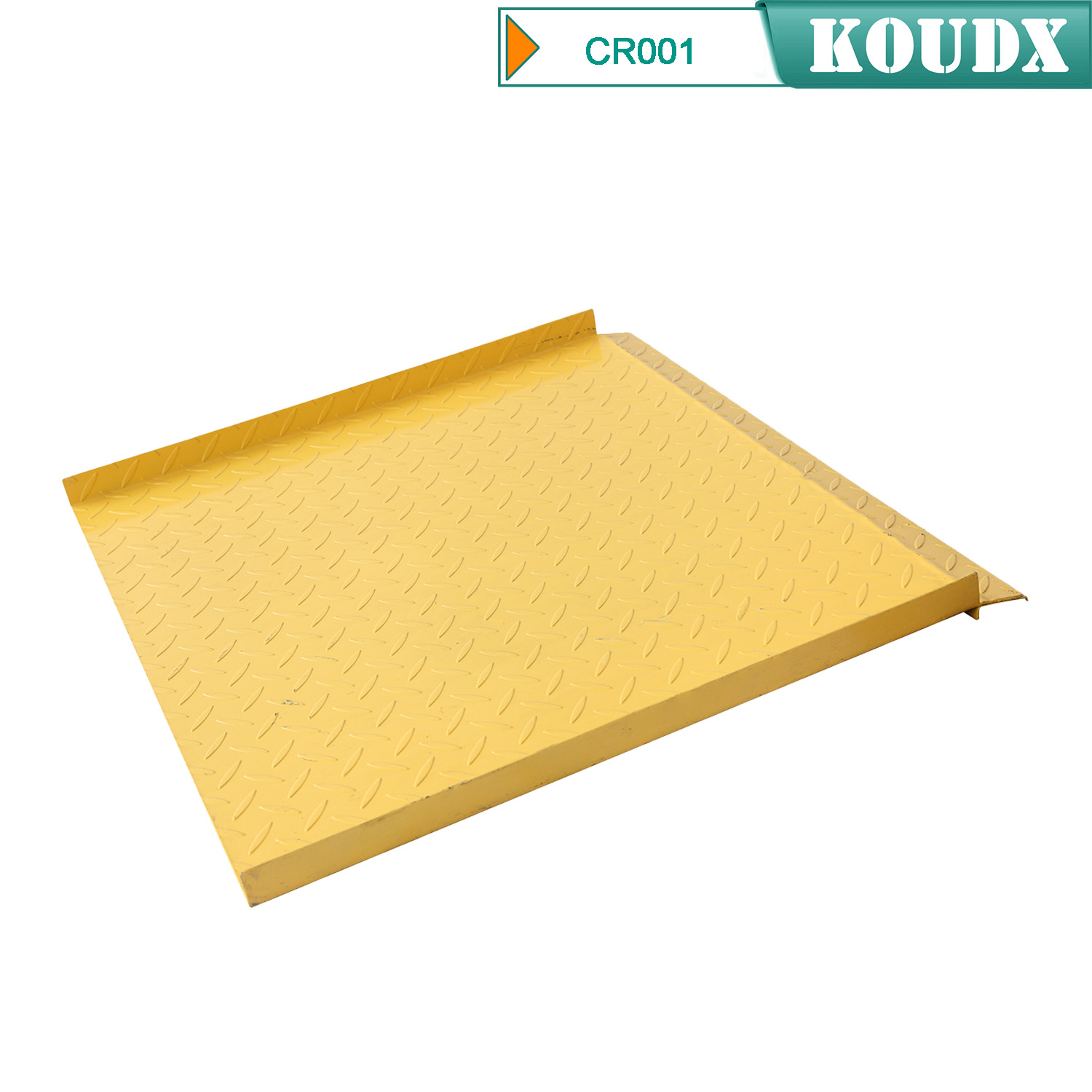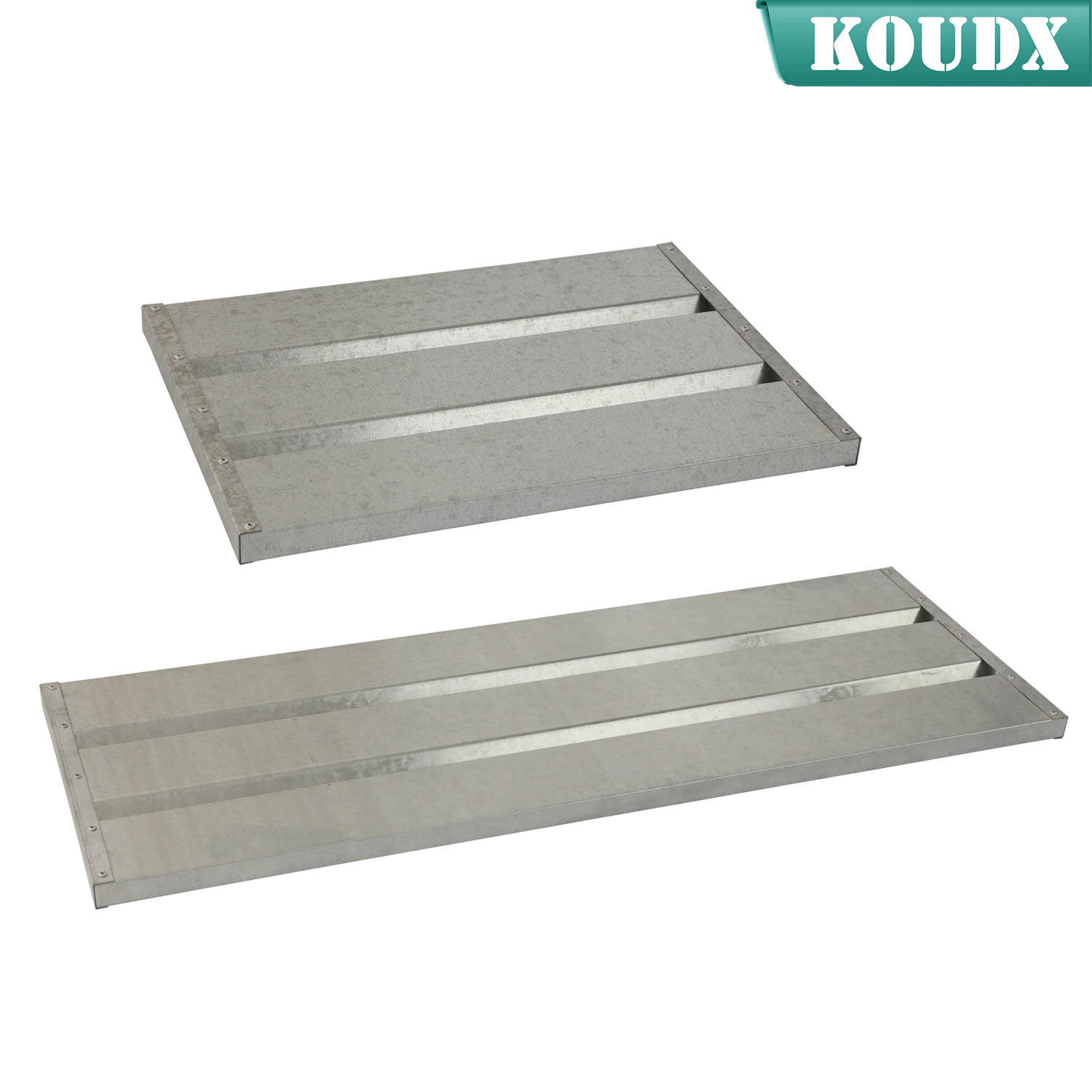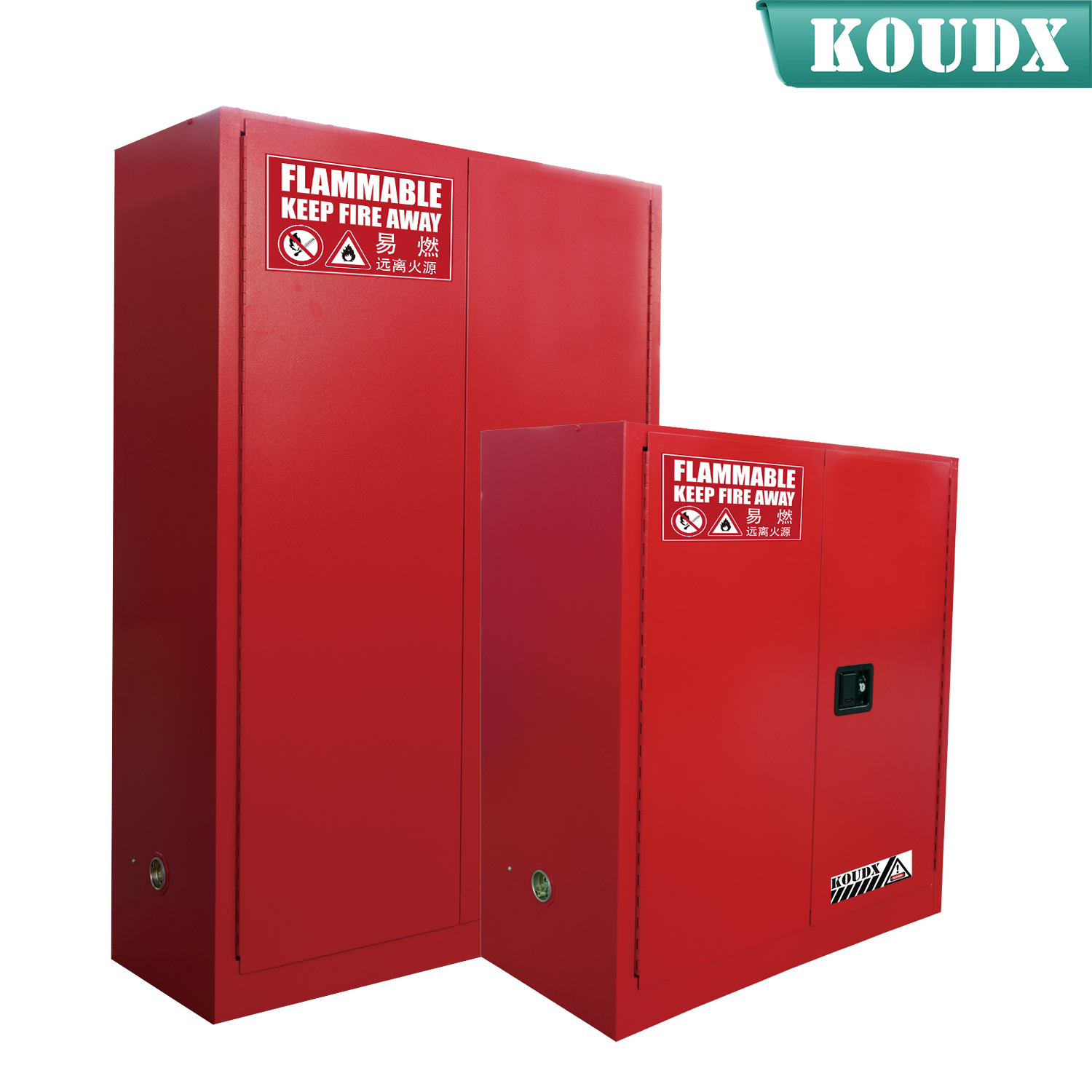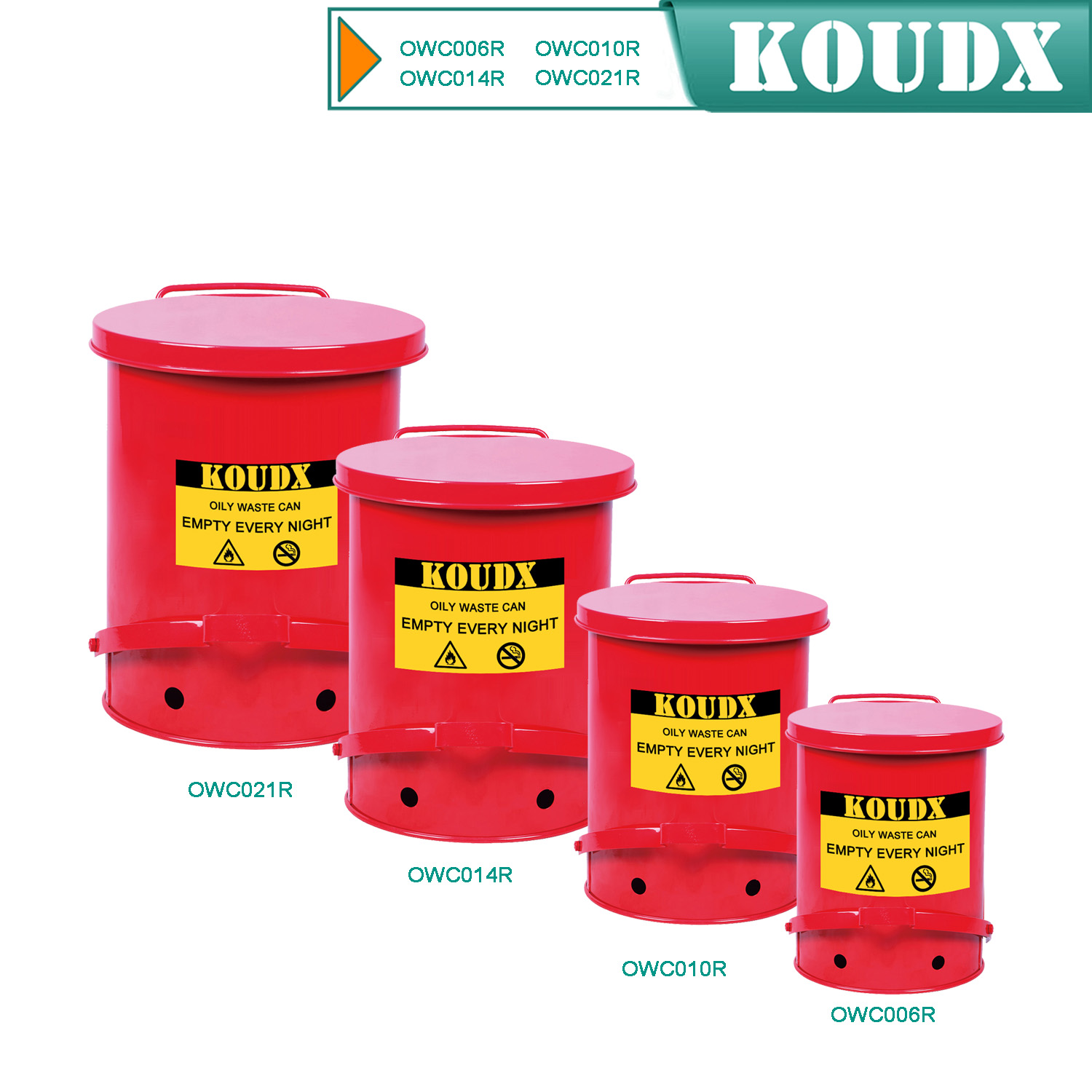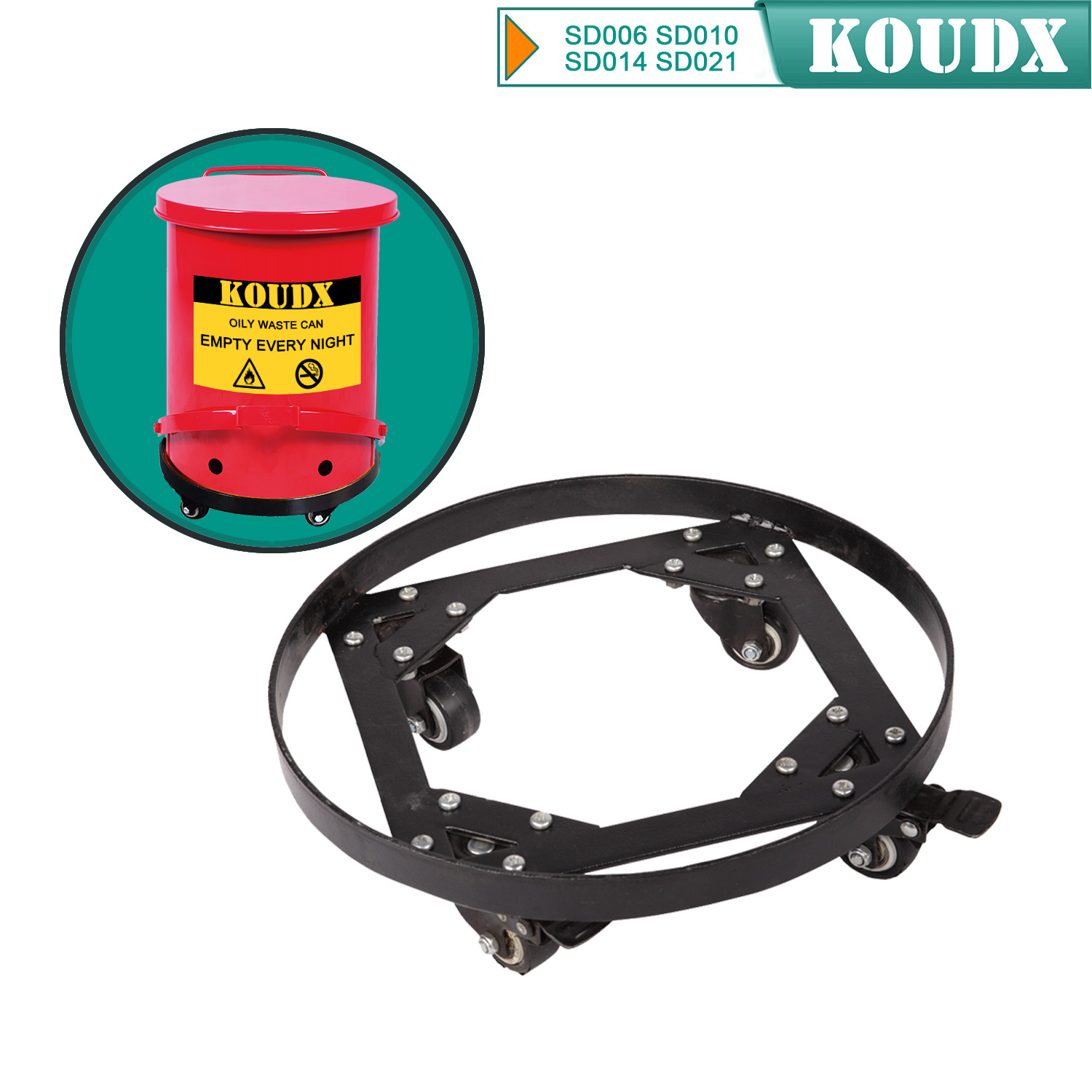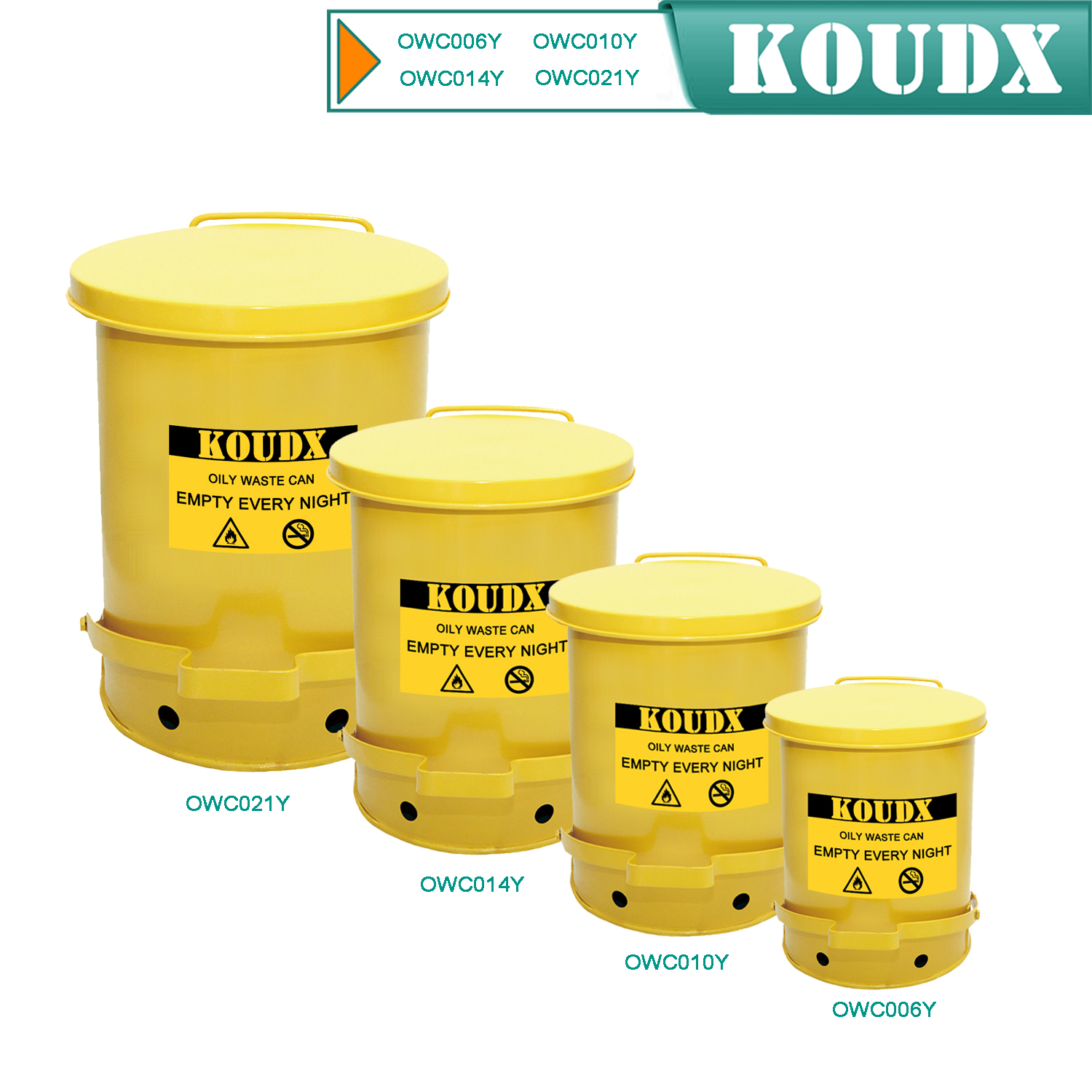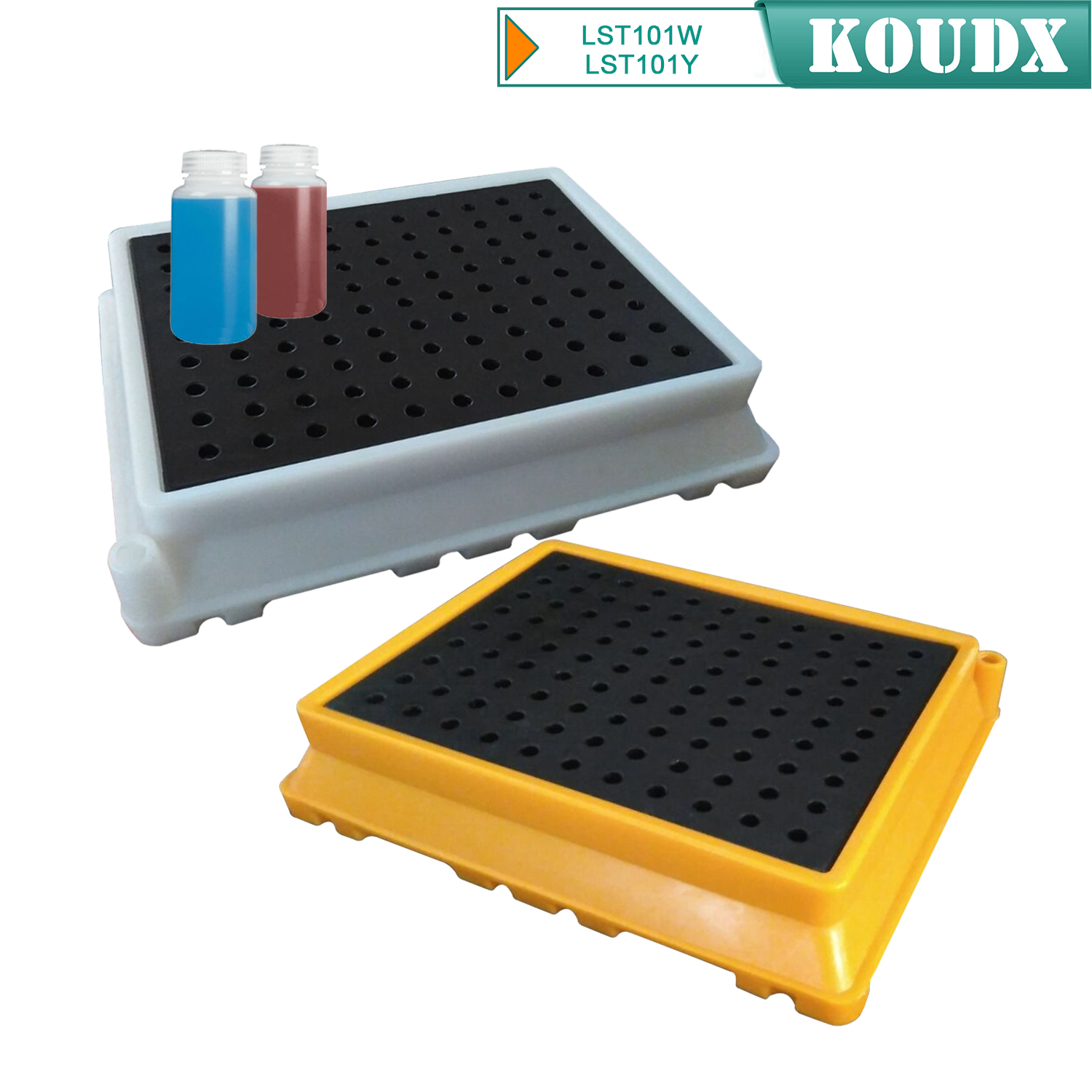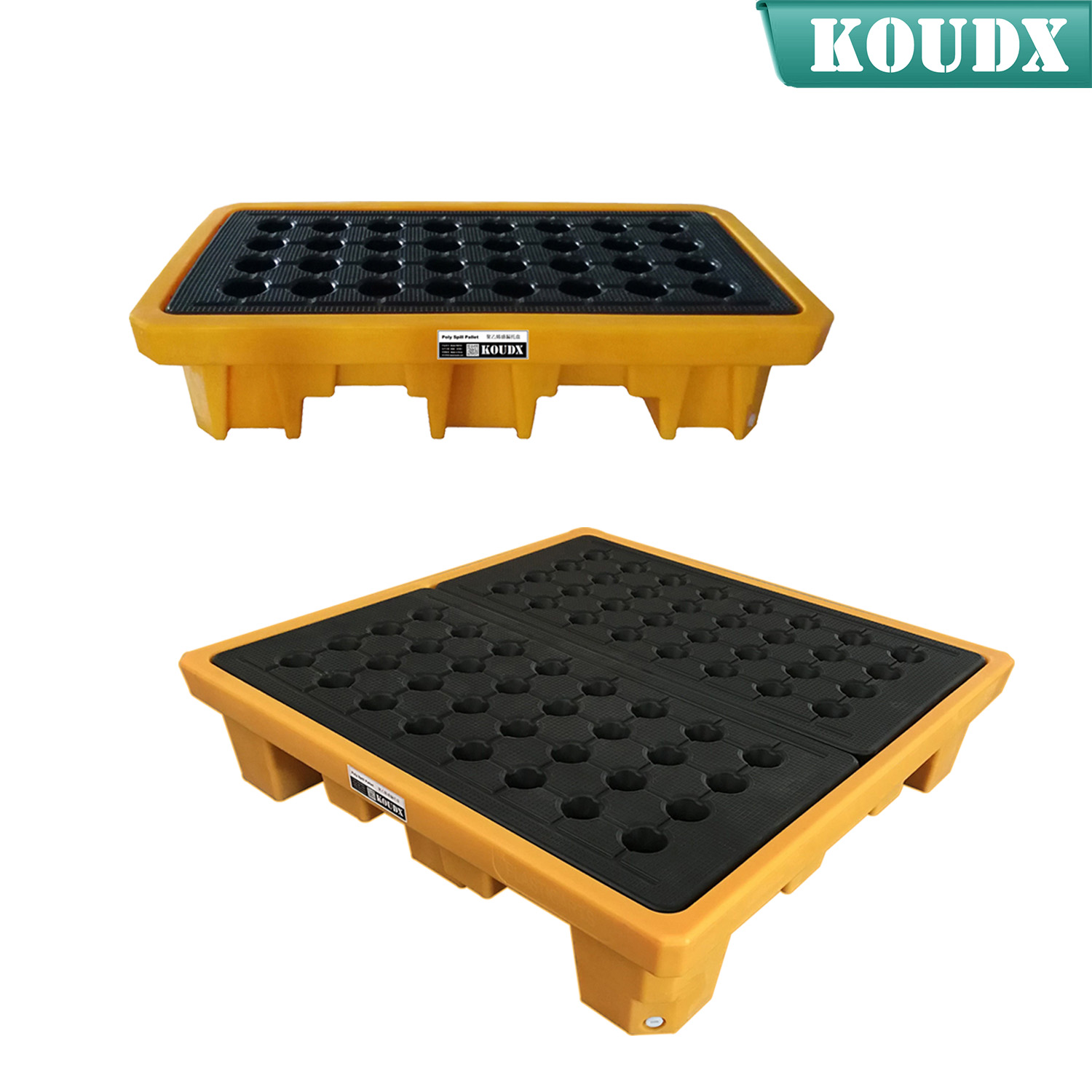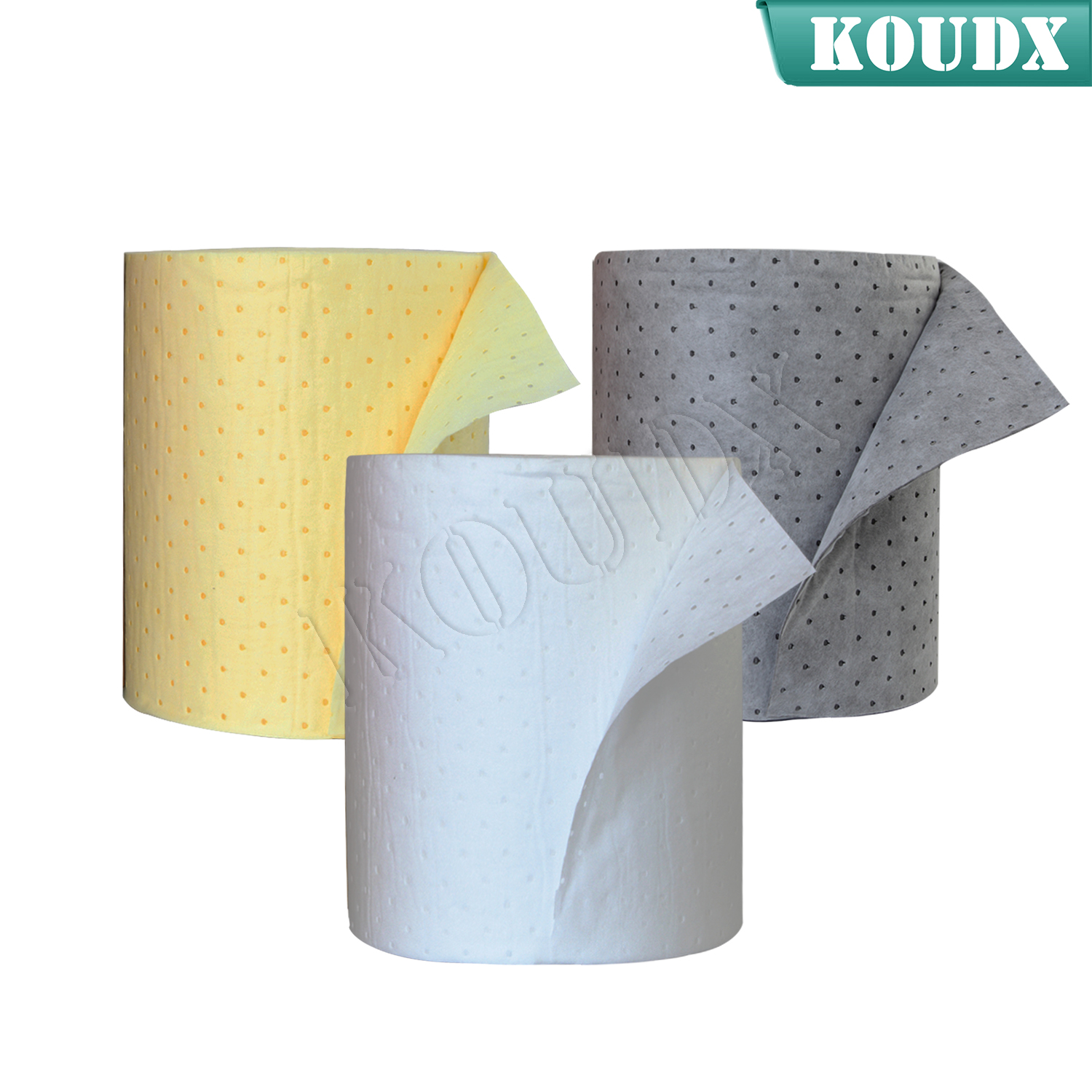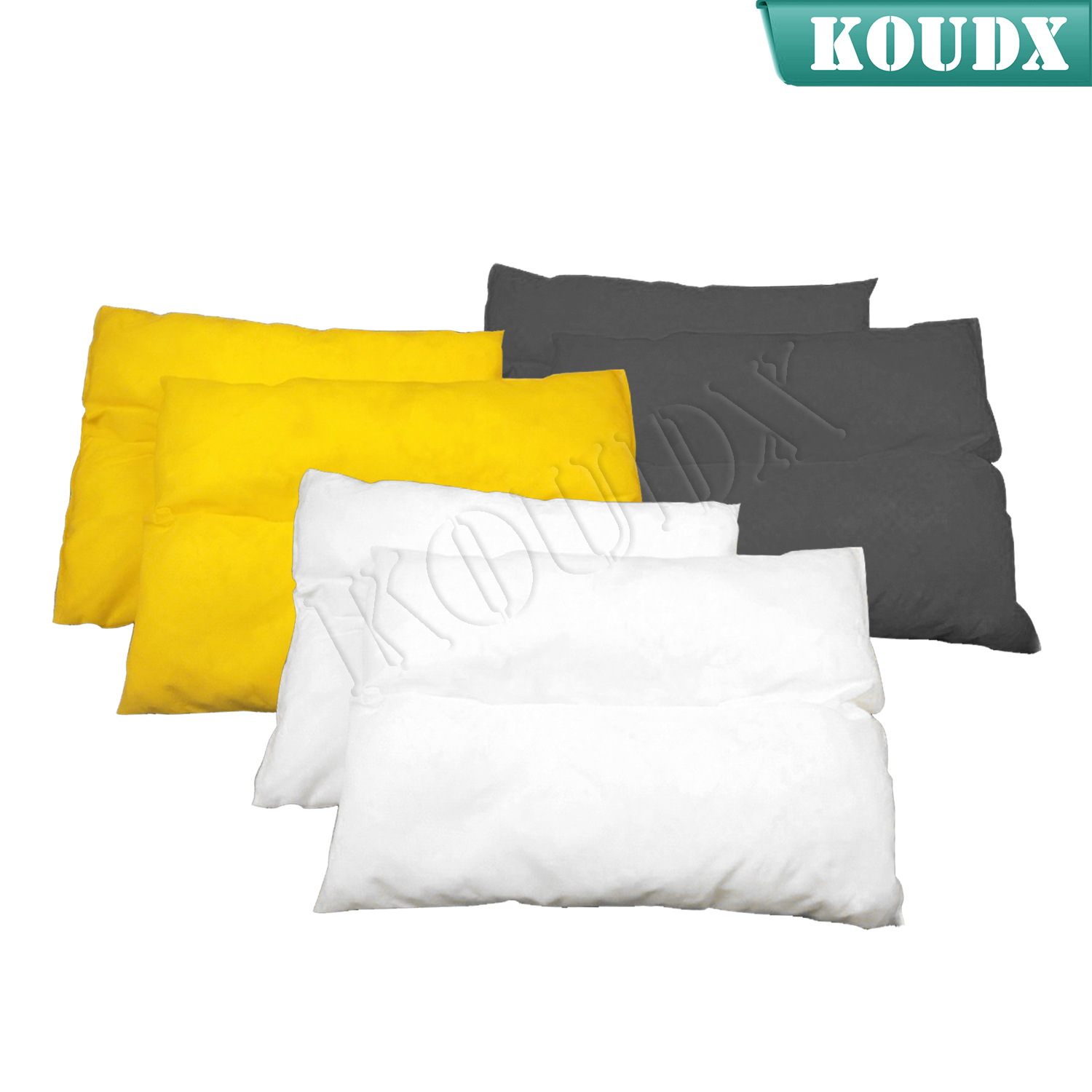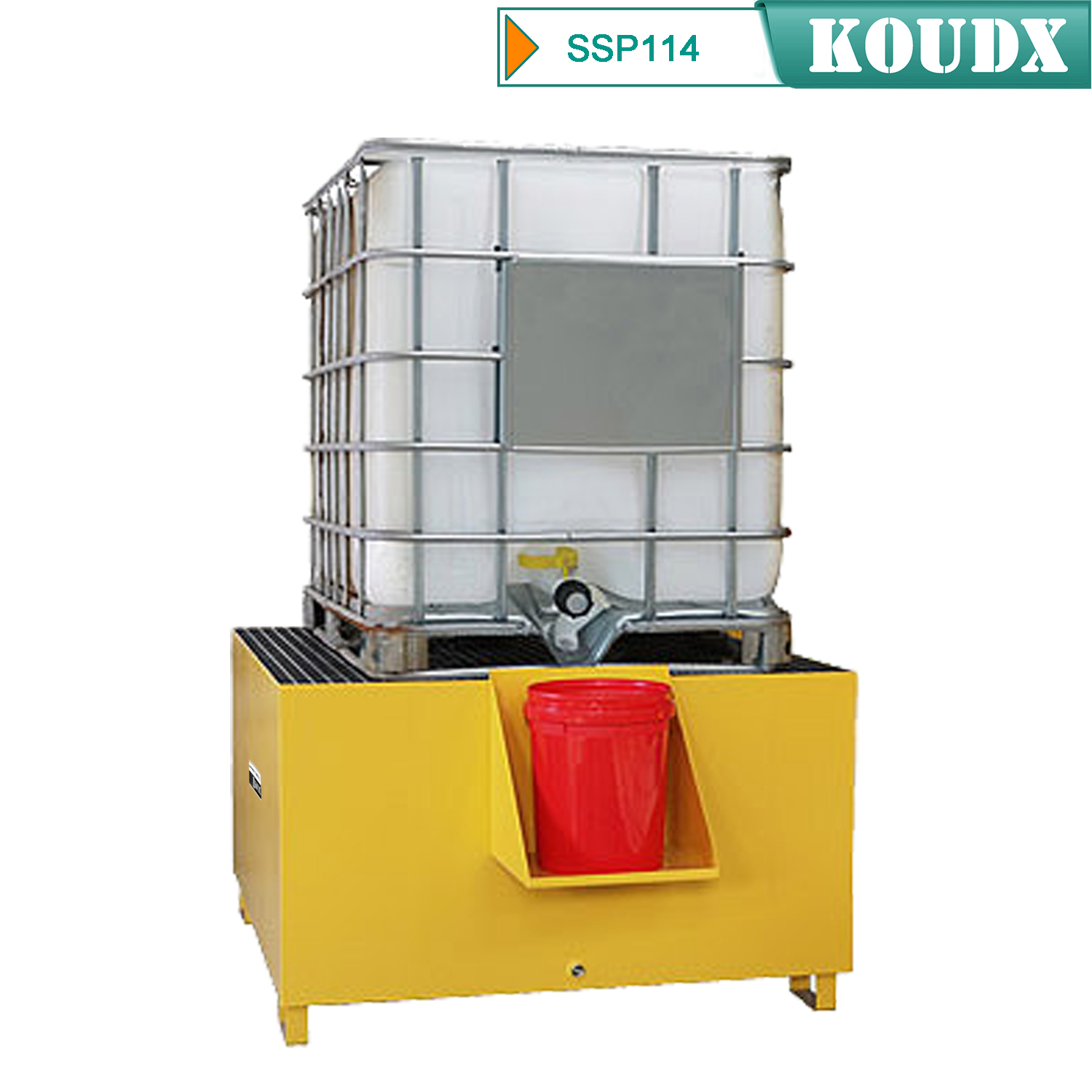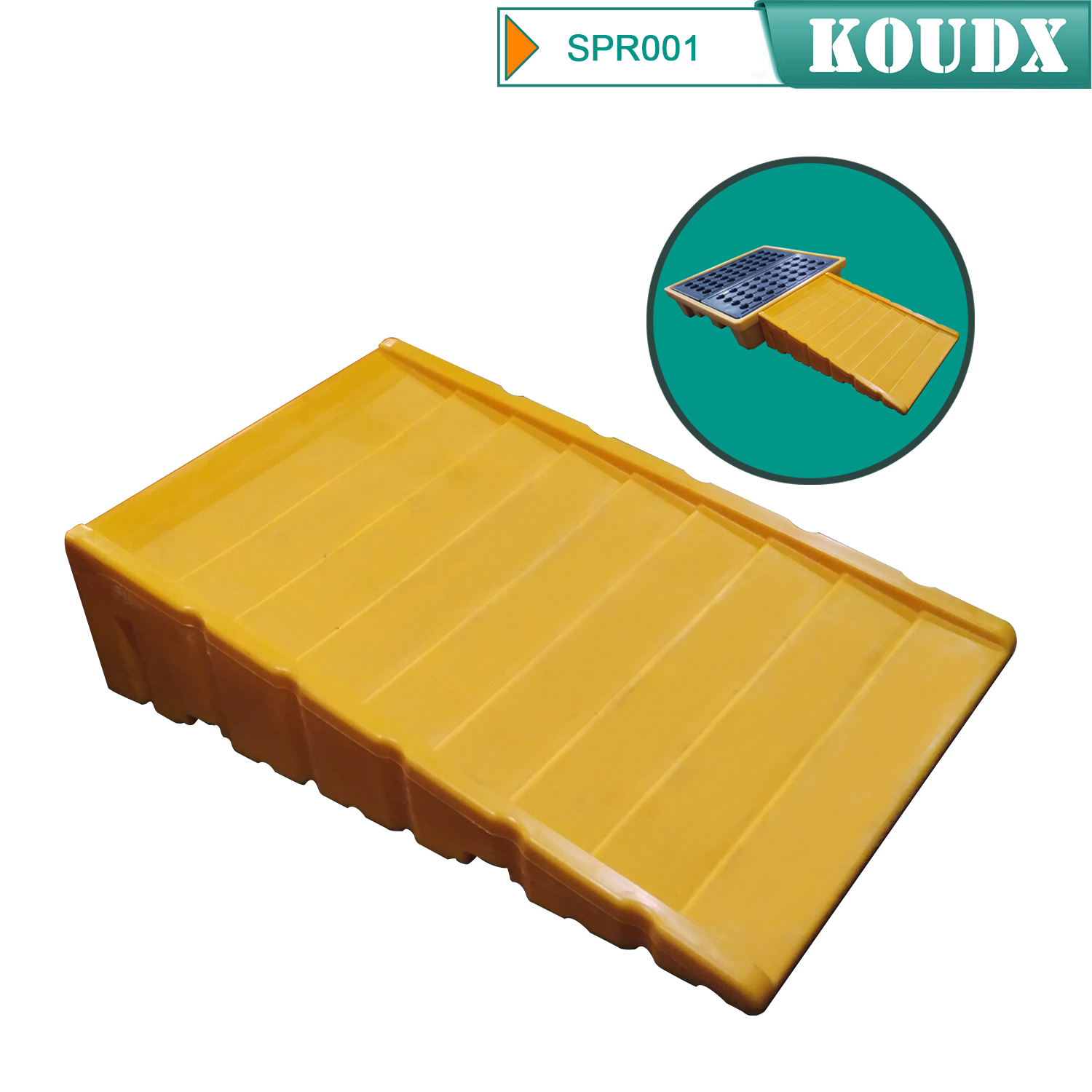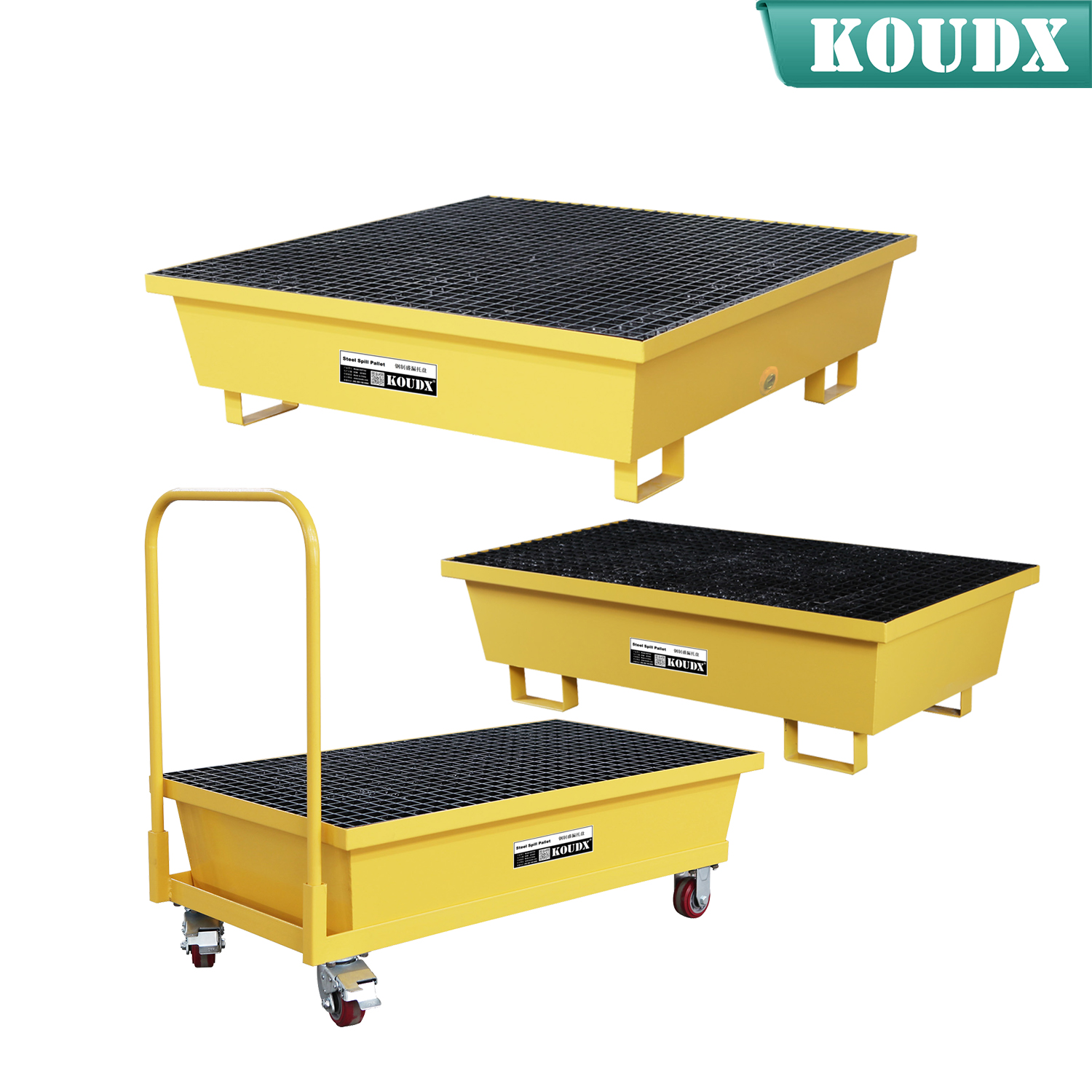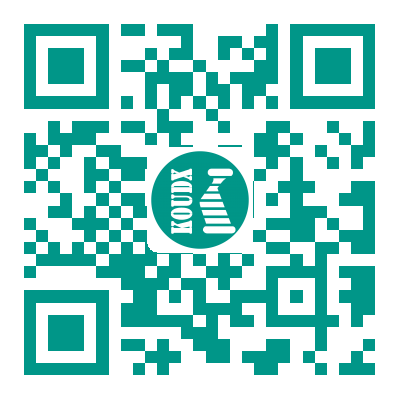
The Occupational Safety and Health Administration (OSHA) requires that workplace hazards be marked to alert employees to dangers that exist at a facility or worksite. Depending on the specific situation, different regulations could apply.
OSHA requirements are often non-prescriptive in regards to size, color and wording of markings. To help provide uniformity among organizations and industry, the American National Standards Institute (ANSI) and the National Electrical Manufacturers Association (NEMA) have developed and published the ANSI/NEMA Z535 series of standards for safety signs and colors (see Quick Tips #201: Safety Sign and Marking Requirements). The last major changes to the Z535 standards were published in 2011 and the standards were reaffirmed in 2017 with only minor changes to the technical specifications for colors. The color(s) of the labels and tape identify the type of hazard, which helps the employee identify the level of severity. The intent is to reduce the possibility of accidents and injuries. OSHA outlines the color code for marking physical hazards in 29 Code of Federal Regulations (CFR) 1910.144. In applications where there are no specific OSHA standards that apply, then the ANSI/NEMA Z535 standards, which are national consensus standards, are generally followed.
The ANSI/NEMA Z535 series is composed of six documents and a color chart:
-
ANSI/NEMA Z535 Color Chart
-
ANSI/NEMA Z535.1 Safety Colors
-
ANSI/NEMA Z535.2 Environmental Facility and Safety Signs
-
ANSI/NEMA Z535.3 Criteria for Safety Symbols
-
ANSI/NEMA Z535.4 Product Safety Signs and Labels
-
ANSI/NEMA Z535.5 Safety Tags and Barricade Tapes (for Temporary Hazards)
-
ANSI/NEMA Z535.6 Product Safety Information in Product Manuals, Instructions and Other Collateral Materials
The following chart represents the color codes of both ANSI/NEMA Z535.1-2017 and OSHA:
| COLOR | MEANING | APPLICATION |
|---|---|---|
| Red | Danger | Safety cans and signs. |
| Stop | Emergency stop bar or button on machinery. Identification of fire equipment. | |
| Fluorescent Orange, Orange-Red | Biosafety | Labels and containers for blood and infectious waste. (Warning labels must be fluorescent orange or orange-red with the biosafety symbol in a contrasting color.) |
| Yellow | Caution | Tripping, falling and striking hazards. “Flammable, Keep Fire Away” labels on cabinets. Safety cans and containers for explosives, corrosives or unstable materials. |
| Orange | Warning | Parts of machinery or energized equipment that may cut, crush or otherwise injure. Inside of transmission guards for pulleys, gears, etc. |
| Green | Safety | Location of first aid equipment. Location of safety equipment, respirators, safety showers, etc. |
| Blue | Information | Signs and bulletin boards. Specific railroad warnings against starting, using or moving equipment being repaired. |
| Black, White, Yellow or Combination of Black with White or Yellow | Boundaries | Traffic or housekeeping markings. Stairways, directions and borders. |
| Magenta or Purple on Yellow | Radiation Caution | X-ray, alpha, beta, gamma, neutron and proton radiation. |
Marking Physical Hazards
Several regulations refer to markings depending on the situation. The following are common situations where color-coded labels and tapes are needed. State and local codes may require more specific markings.
-
Compressed gas cylinders (29 Code of Federal Regulations (CFR) 1910.253). The contents of the cylinder - either the chemical or trade name - must be labeled, stenciled or stamped on the shoulder (when practical) of the cylinder. (Gas cylinder labels)
-
Confined spaces (29 CFR 1910.146). If a workplace contains permit-required confined spaces, the employer must inform exposed employees, by posting danger signs or any other effective means, of the existence, location and the danger posed by them. (see Quick Tips #115: Confined Spaces, 29 CFR 1910.146).
-
Exits (29 CFR 1910.37). Signs must identify exit locations. “EXIT” signs with an arrow showing the direction of the nearest exit must be placed in locations where an exit is not immediately observable. Doors and passageways that are not exits must also be marked (see Quick Tips #265: Emergency Lighting and Exit Sign Requirements).
-
Eyewash/shower stations (ANSI Z358.1-2014). The locations of eyewashes and showers must be identified.
-
Hazardous Communication (29 CFR 1910.1200). Appropriate labels and warnings on chemical containers in the workplace are required (see Quick Tips #150: Hazard Communication Standard, Each container of hazardous chemicals leaving a workplace must be labeled, tagged, or marked in a manner which does not conflict with the requirements of the Hazardous Materials Transportation Act (49 U.S.C. 1801 et seq.) and regulations issued under that Act by the Department of Transportation.
-
Hazardous waste (40 CFR Part 262). Facilities accumulating hazardous waste on site must label containers as “Hazardous Waste” and include the accumulation start date. Containers that are transported must be labeled in accordance with Department of Transportation Hazardous Materials Regulations (see Quick Tips #155: Performance-Oriented Packaging Standard, HM-181 and Quick Tips #322: Hazardous Waste Labeling and Marking).
-
High voltage (29 CFR 1910.305(b)(3)(iii)). Outside covers for pull and junction boxes for systems over 600 volts must be permanently marked "High Voltage."
-
Ladders (( 29 CFR 1910.23(10)). Defective ladders must be taken out of service and marked “Dangerous—Do Not Use” (see Quick Tips 132: ANSI/OSHA Ladder Requirements).
-
Lockout/tagout (29 CFR 1910.147(c)(5)(iii)). Lockout and tagout devices need to be standardized within a facility in terms of size, color, shape, print and format. Tagout devices need to warn against hazardous conditions if equipment is energized. Appropriate legends on the tagout devices include: Do Not Start, Do Not Open, Do Not Operate, Do Not Close and Do Not Energize (see Quick Tips #170: Lockout/Tagout, 29 CFR 1910.147).
-
Machinery and machine guarding (29 CFR 1910.213(h)(5)). Radial saws: The direction of rotation must be marked on the hood. Additionally, a permanent label, at least 1-1/2 inches by 3/4 inch that reads "Danger: Do not rip or plough from this end" must be placed at the rear of the guard.
-
Permanent aisles and passageways (29 CFR 1910.176(a)). Sufficient clearances need to be allowed for mechanical equipment handling, loading docks and doorways. To help keep areas clear, such passageways must be clearly marked. Striped or solid floor tapes are commonly used to mark off such areas. The color of tape used depends on degree of hazard.
-
Pipe markings (ASME A13.1-2015). The American Society of Mechanical Engineers (ASME) Scheme for the Identification of Piping Systems A13.1-2015 standard requires that pipes be marked with a legend indicating the name of the contents and arrows showing the direction of flow of the material. A color is used in combination with the legend to identify the characteristic hazards of the contents. The label needs to be applied close to valves, flanges, branches, changes in direction and wherever pipes pass through walls. Following is the classification of materials and designated colors:
-
Fire quenching substances: White on red background
-
Toxic and corrosive fluids: Black lettering on orange background
-
Flammable and oxidizing fluids: Black on yellow background
-
Combustible fluids: White on brown background
-
Other water: White on green background
-
Compressed air: White on blue background
-
Commonly Asked Questions
Q. What is the difference between OSHA and ANSI requirements for marking hazards?
A. OSHA outlines markings for Danger and Caution hazards in 29 CFR 1910.144. ANSI also defines Danger and Caution, but further describes Warning and other color designations in ANSI Z535.1-2017.
Q. Which pipes need to be marked?
A. According to ASME A13.1-2015, Scheme for the Identification of Piping Systems, pipe systems (pipes of any kind) must be marked. They are defined as conduits for transporting gases, liquids, semi-liquids or fine particle dust.
Q. Are arrows required in addition to marking pipes?
A. Yes. ASME A13.1-2015 states that arrows shall be used on either end or both ends of the label to show the direction of flow. Arrows should be placed every 50 feet on straight runs, on both sides of wall, floor or ceiling penetrations, and near valves, flanges and changes in pipe direction, and at any line entry or re-entry point.

KOUDX(Shanghai Koudx Industry Technology Co., Ltd.) is a professional provider of industrial safety and environmental protection solutions. Based on the concept of market and customer demand, our fire safety cabinet was developed in accordance with the standards of OSHA 29 CER 1910.106 and NFPA CODE30. It is widely used in petrochemical industry, industrial manufacturing, university laboratories, food industry, automobile industry manufacturing, new energy and other industries.
We sincerely hope that in the journey of KOUDX's continuous development and expansion, we will be able to get the full support of our distributor partners in China and abroad, and have more long-term strategic partners, development together and achieve a win-win situation. Welcome to contact us (86) 400-168-8090, you can visit our website www.koudx.com for the detail information.



